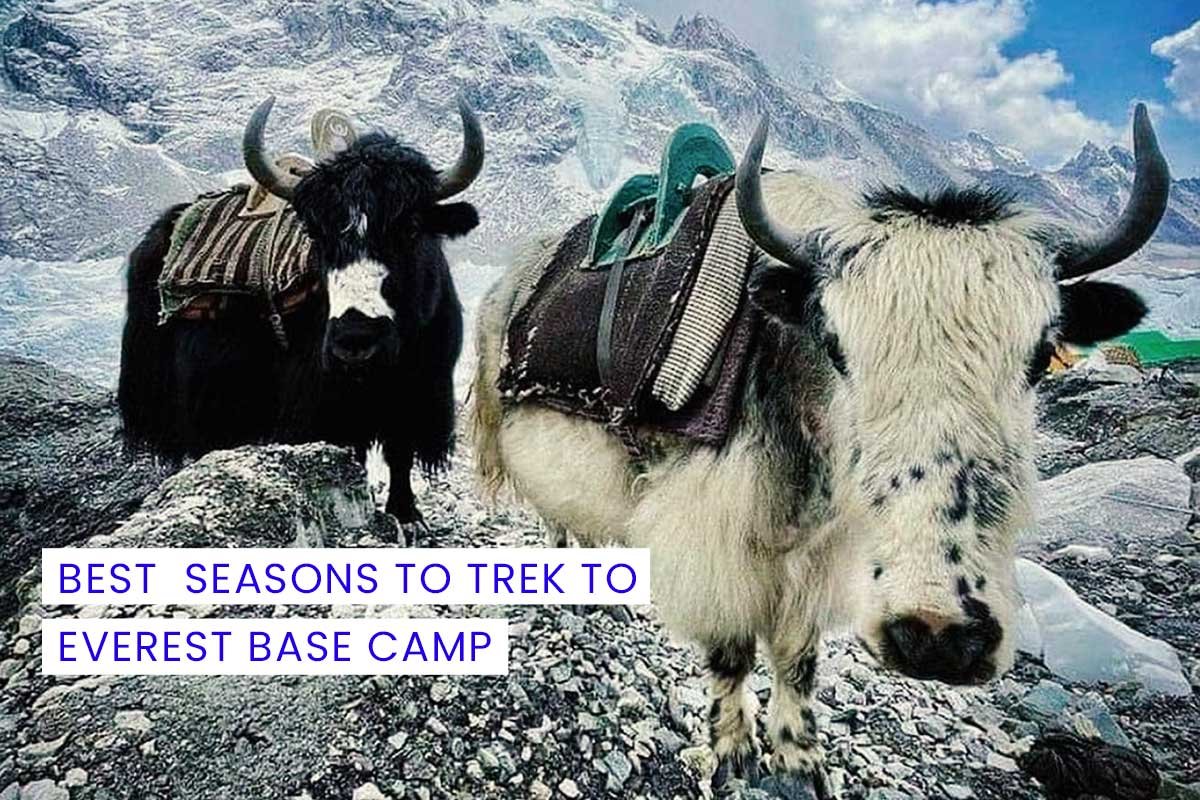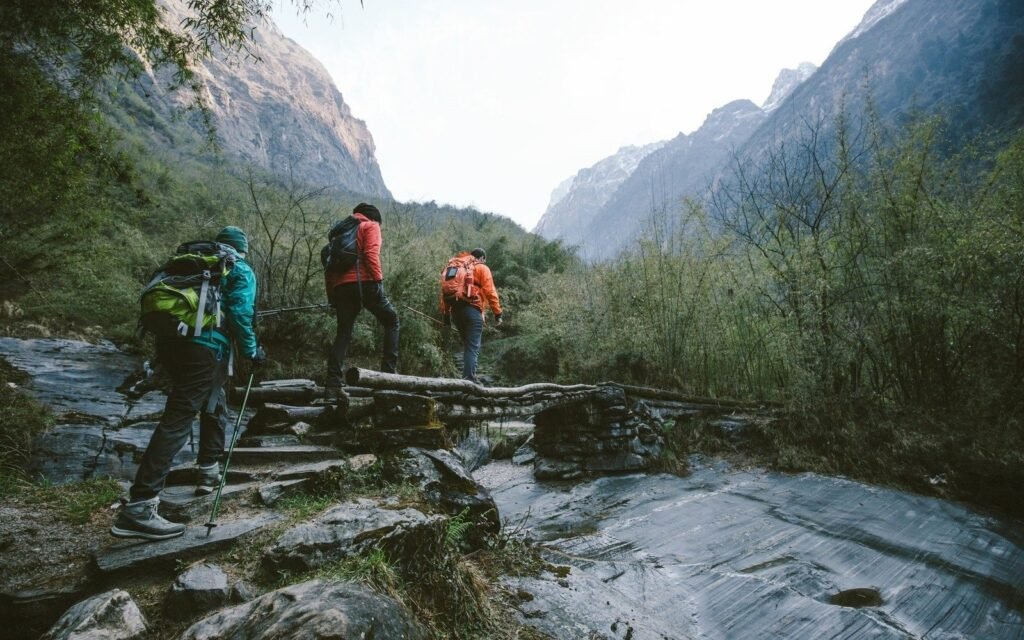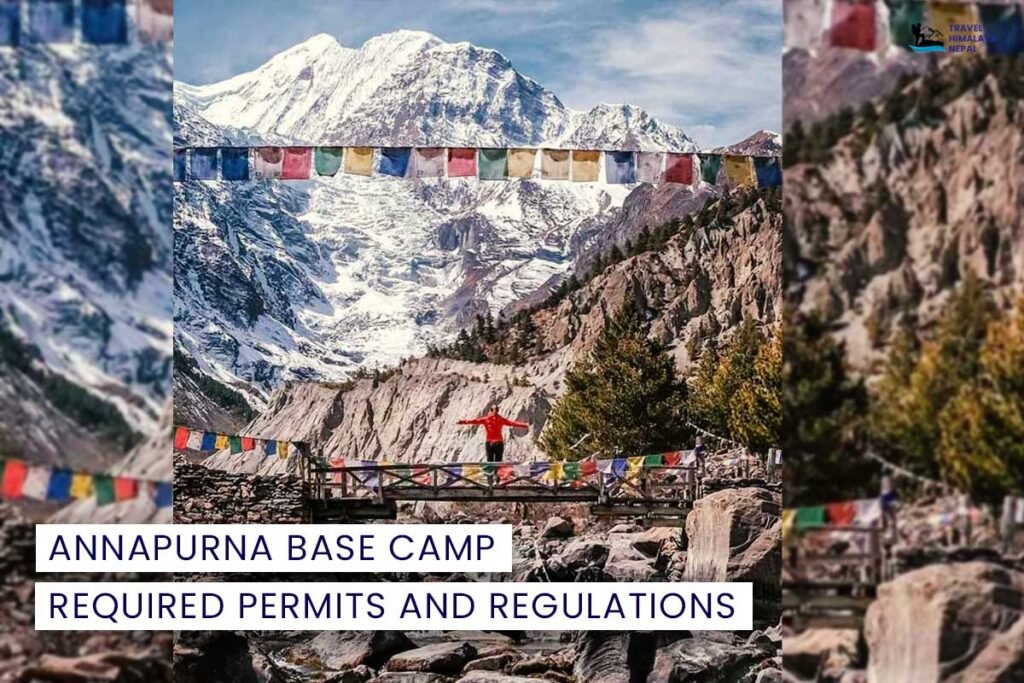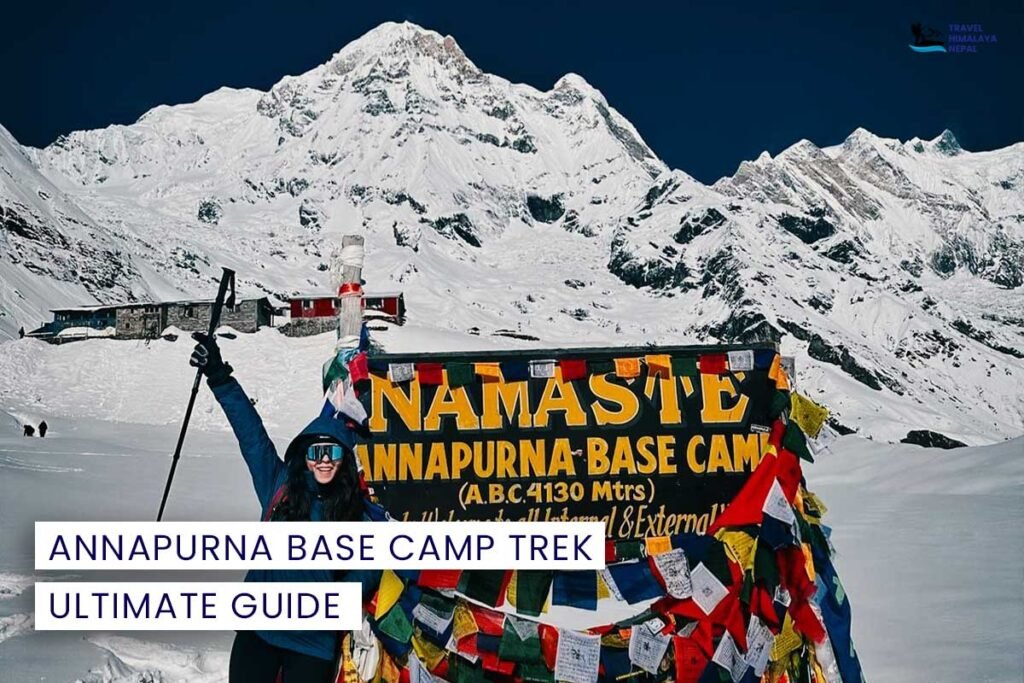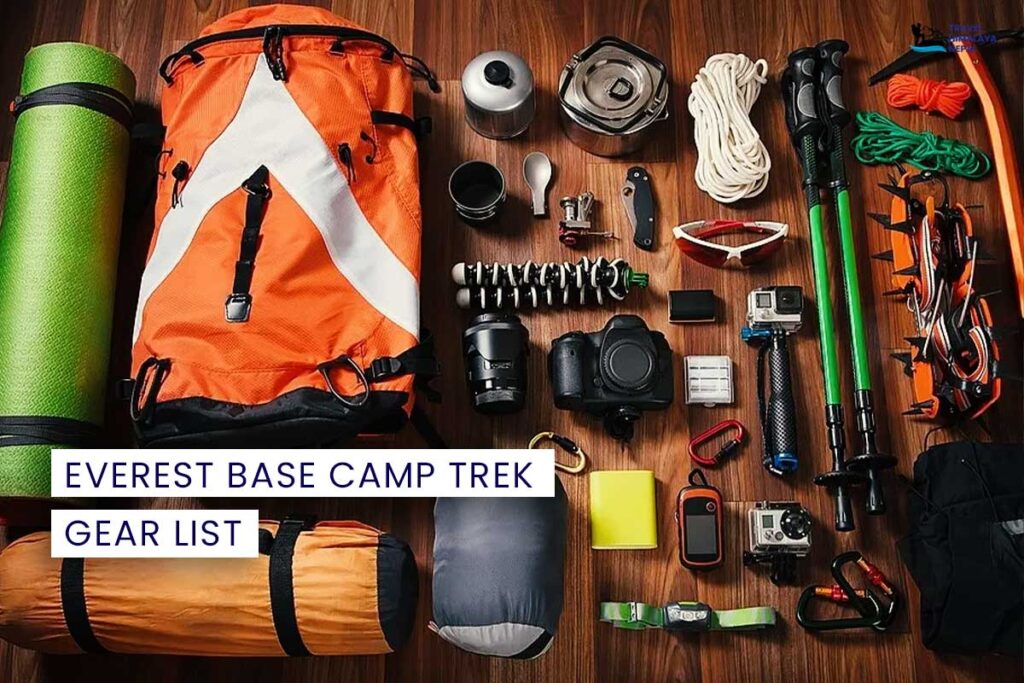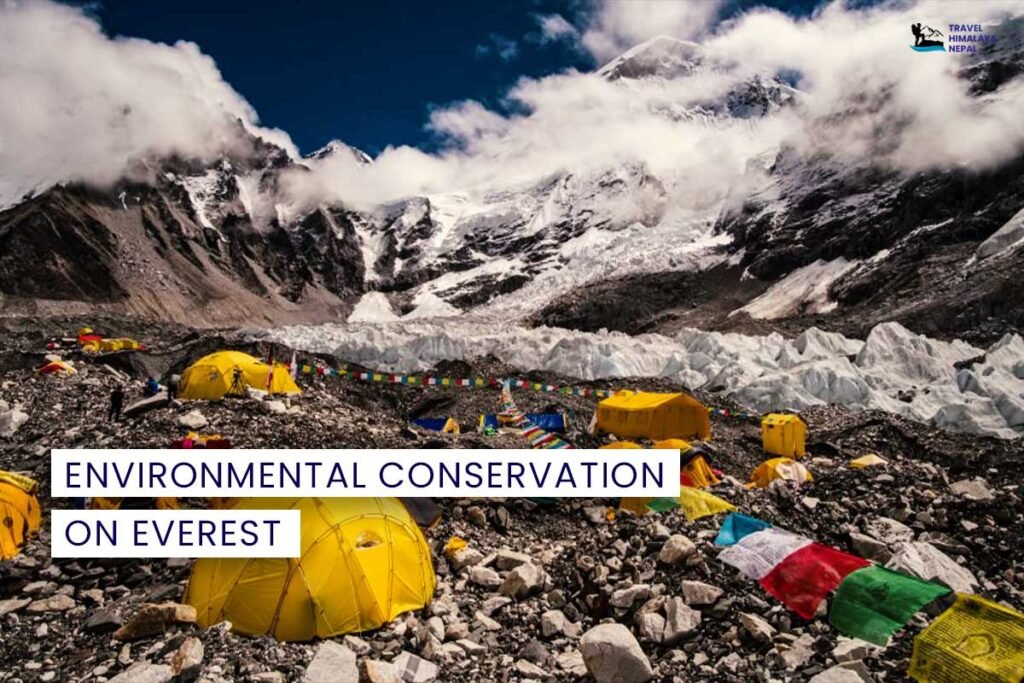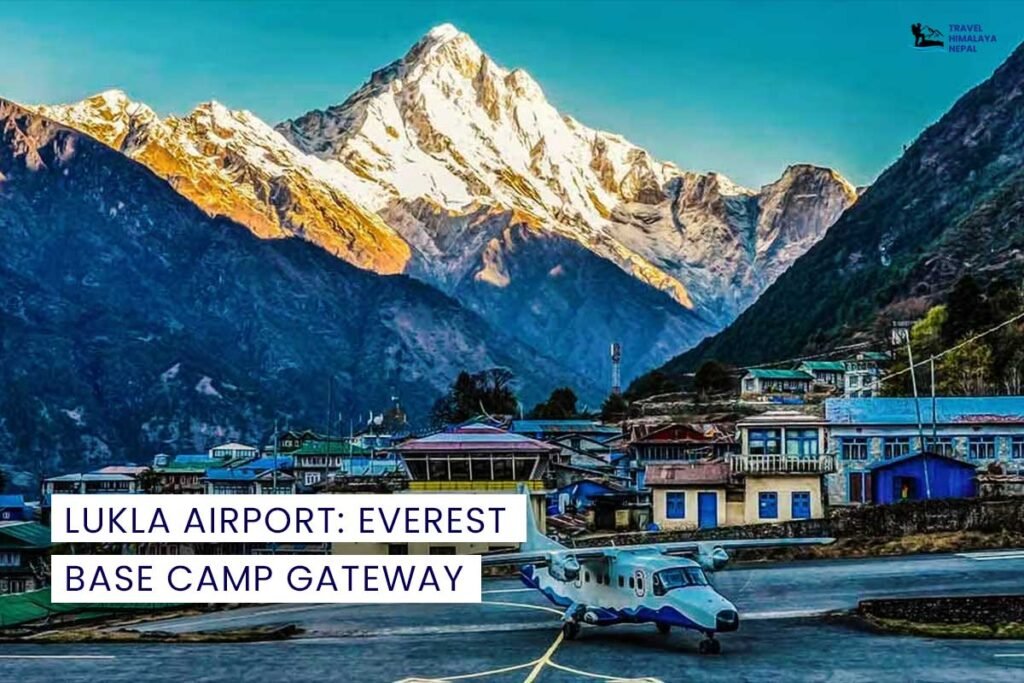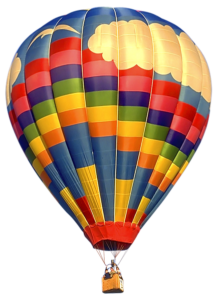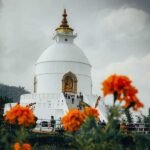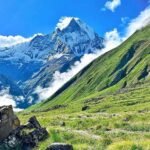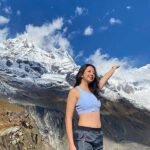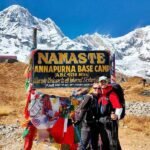The majestic Everest Base Camp (EBC) trek, nestled in the heart of the Himalayas, beckons countless adventurers worldwide. But with its diverse weather patterns, choosing the best season to trek to Everest Base Camp is crucial for a safe and enjoyable experience. This guide by Travel Himalaya Nepal sheds light on the pros and cons of each season, helping you make an informed decision:
Key Takeaways Table:
| Season (Months) | Pros | Cons |
|---|---|---|
| Spring (March-May) | ❄️Pleasant temperatures, clear skies, blooming rhododendrons | Crowded trails, unpredictable weather at higher altitudes |
| Autumn (September-November) | Stable weather, clear skies, comfortable temperatures | Colder nights, potential for snowfall at higher altitudes |
| Winter (December-February) | ️ Uncrowded trails, breathtaking winter landscapes | Extremely cold temperatures, potential for heavy snowfall, treacherous trails |
Spring (March-May):
- Pros: This is the most popular season for the EBC trek, offering pleasant temperatures, clear skies, and blooming rhododendrons painting the landscape in vibrant hues.
- Cons: The peak season brings crowded trails, especially at popular viewpoints and teahouses. Additionally, unpredictable weather patterns can occur at higher altitudes, with potential snowfall and strong winds.
Tips for Spring Trekking:
- Book your trek and accommodation well in advance due to high demand.
- Pack layers of clothing to adapt to varying temperatures.
- Be prepared for potential rain and snow, especially at higher altitudes.
Autumn (September-November):
- Pros: This season offers stable weather with clear skies and comfortable temperatures, making it ideal for trekking. With fewer crowds compared to spring, you’ll experience a more peaceful journey.
- Cons: Nights can be colder, and there’s a potential for snowfall at higher altitudes.
Tips for Autumn Trekking:
- Pack warm clothes for the colder nights.
- Check the latest weather forecast before embarking on your trek.
- Consider carrying trekking poles for additional stability on potentially snowy terrain.
Winter (December-February):
- Pros: Escape the crowds and experience the unique beauty of the Himalayas blanketed in snow. Witness breathtaking winter landscapes under clear skies.
- Cons: Extremely cold temperatures can make the trek challenging. Heavy snowfall and treacherous trails can significantly increase the difficulty and risk factor.
Important Note: Winter trekking in the Everest region is not recommended for beginners due to the demanding physical conditions and potential dangers.
Additional Considerations:
- Monsoon Season (June-August): This season is not recommended for trekking in the Everest region due to heavy rainfall, landslides, and poor visibility.
- Personal Preferences: Ultimately, the best season depends on your individual preferences and tolerance for crowds, weather conditions, and physical challenges.
Travel Himalaya Nepal: Your Trusted Partner for Everest Base Camp Treks
At Travel Himalaya Nepal, we are passionate about creating unforgettable experiences in the Himalayas. We offer guided EBC treks throughout the year, catering to different experience levels and preferences. Our experienced guides and comprehensive support ensure a safe, successful, and enjoyable journey, no matter the season you choose.
Contact us today to start planning your Everest Base Camp adventure!
Further Resources:
- Nepal Tourism Board: https://ntb.gov.np/
- Department of Immigration: https://www.immigration.gov.np/
- World Health Organization: https://www.who.int/travel-advice
My Personnel Experience
The mighty Everest Base Camp trek, a dream woven into the fabric of countless adventure-seekers’ hearts. But with its ever-changing weather patterns, picking the perfect season to embark on this pilgrimage can feel as daunting as scaling the Khumbu Icefall itself. Worry not, fellow explorer, for I, a seasoned adventurer who’s called these majestic mountains home for years, am here to guide you through the seasons, whispering their secrets in your ear.
Check Out: Preparing for Everest: A Beginner’s Guide
Spring (March-May)
Imagine crisp mountain air, the sun warming your face, and the vibrant tapestry of blooming rhododendrons painting the landscape. Spring beckons with comfortable temperatures and clear skies, making it the postcard-perfect season for capturing the essence of the Himalayas. However, be prepared for unpredictable weather at higher altitudes, and remember, you won’t be the only one chasing this dream. Crowded trails are a reality, so booking well in advance is key.
Autumn (September-November)
As summer fades, autumn paints the Himalayas in hues of gold and amber. The stable weather and comfortable temperatures make this season a favorite amongst many. Fewer crowds mean you can truly soak in the serenity of the mountains, and the clear skies offer breathtaking stargazing opportunities. But remember, the nights can get chilly, so pack accordingly.
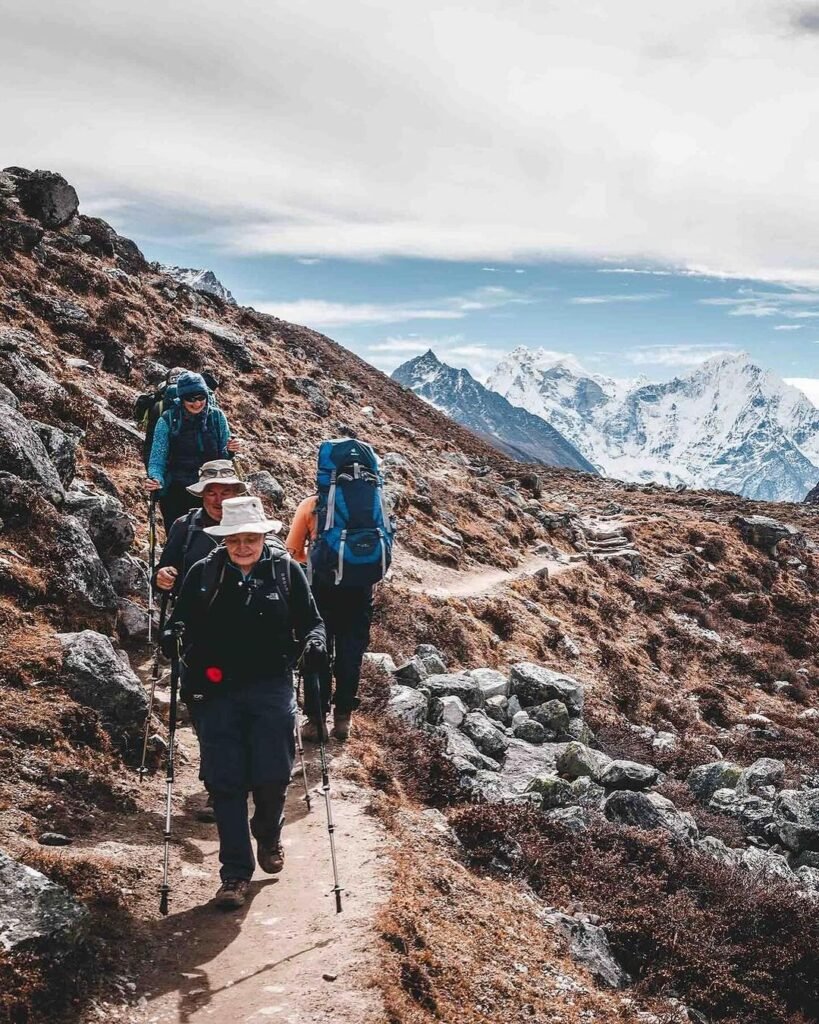
Winter (December-February)
Are you an adventurer who thrives on challenge and craves solitude? Then winter might be your calling. Witness the majestic Himalayas transformed into a winter wonderland, blanketed in pristine snow. Uncrowded trails offer a unique experience, but be warned, the extremely cold temperatures and potentially treacherous conditions demand advanced experience and proper preparation. This is not for the faint of heart.
Remember, the monsoon season (June-August) is best avoided due to the treacherous trails and heavy rainfall. Ultimately, the best season is a beautiful dance between your preferences and capabilities. Do you crave comfortable temperatures and vibrant landscapes, or are you an intrepid soul seeking winter’s stark beauty and solitude?
Let Travel Himalaya Nepal be your guide. We’ve been crafting unforgettable Everest Base Camp adventures for years, and we’re here to help you choose the perfect season and create memories that will last a lifetime. Contact us today and let’s embark on this incredible journey together!
Frequently Asked Questions about the Best Seasons to Trek to Everest Base Camp:
1. What is the absolute best season to trek to Everest Base Camp?
There isn’t a single “best” season, as it depends on your individual preferences and tolerance for various factors.
2. I’m looking for pleasant weather and beautiful scenery. Which season is ideal?
Spring (March-May) offers the most vibrant scenery with blooming rhododendrons and comfortable temperatures. However, be prepared for potential crowds and unpredictable weather at higher altitudes.
3. I prefer fewer crowds and don’t mind slightly colder temperatures. When should I go?
Autumn (September-November) offers stable weather, clear skies, and fewer crowds compared to spring. However, nights can be colder, and there might be occasional snowfall at higher altitudes.
4. Is it possible to trek to Everest Base Camp in winter?
Yes, but it’s only recommended for experienced trekkers due to extremely cold temperatures, potentially heavy snowfall, and treacherous trails.
5. What about the monsoon season (June-August)?
Monsoon season is not recommended for trekking in the Everest region due to heavy rainfall, landslides, and poor visibility.
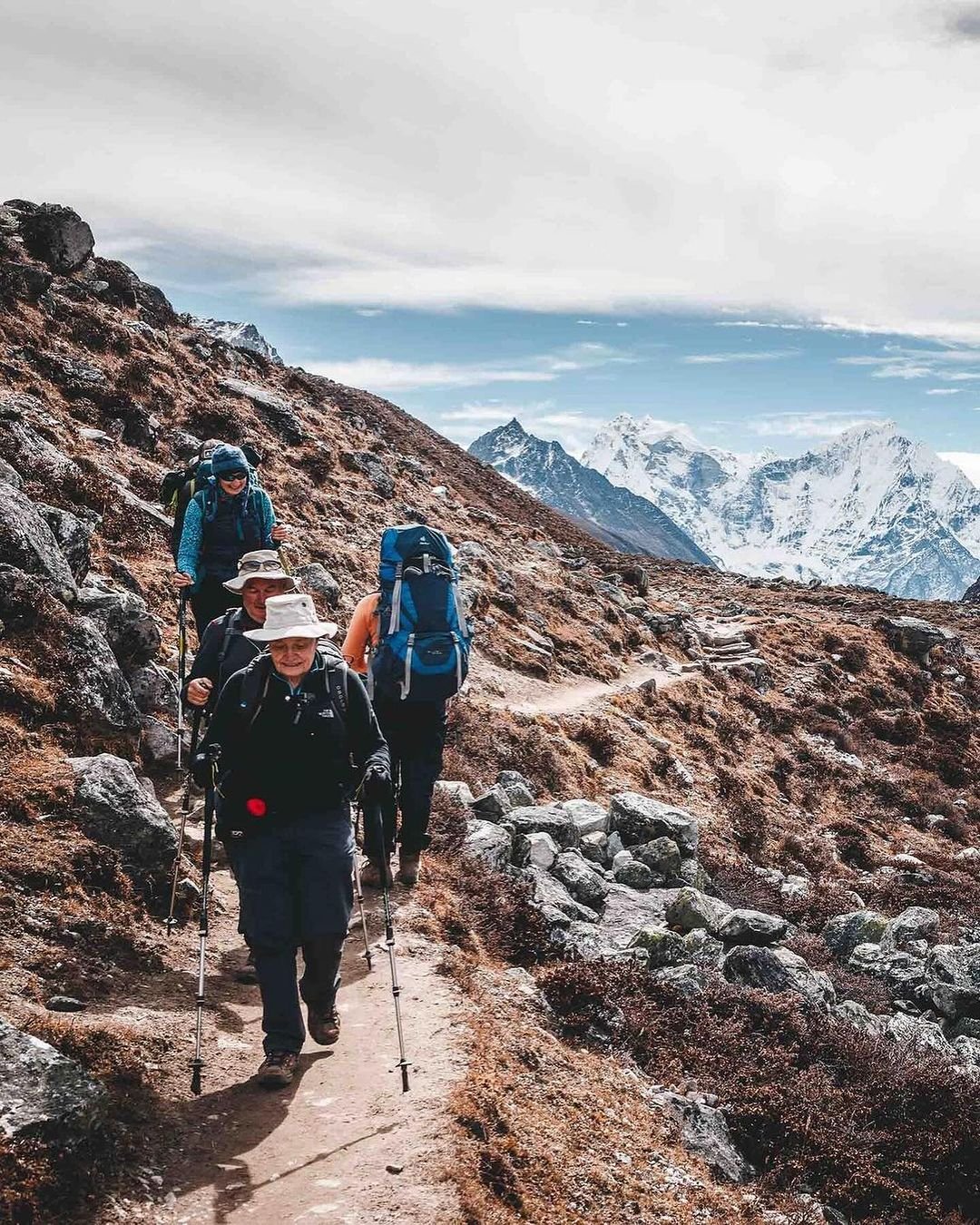
Everest Base Camp Guide
6. I’m a beginner trekker. Which season is best for me?
Spring or autumn are generally considered the best seasons for beginners due to their more stable weather conditions and comfortable temperatures. Spring might be slightly easier due to warmer temperatures, but expect bigger crowds.
7. What if I’m worried about altitude sickness?
Regardless of the season, proper acclimatization is crucial to avoid altitude sickness. Choose a trek with a gradual ascent and consider consulting a doctor about potential preventative measures.
8. How can I prepare for the specific weather conditions of my chosen season?
Research the typical weather patterns for your chosen season and pack accordingly. Layering is key, and don’t forget essentials like sunscreen, sunglasses, and a hat for sun protection, even at high altitudes.
By considering these questions and conducting further research, you can choose the season that best suits your preferences and ensure a safe and enjoyable Everest Base Camp experience.
9. What are some things to pack specifically for the different seasons?
- Spring: Rain gear, convertible hiking pants, lightweight thermals, and a down jacket for potential colder nights.
- Autumn: Warmer thermals, a fleece jacket, and waterproof hiking boots for potential snow or icy conditions.
- Winter: Heavy-duty down jacket, waterproof snow pants, down booties for sleeping, and trekking poles for additional stability on potentially snowy terrain.
10. How fit do I need to be to trek to Everest Base Camp?
While you don’t need to be an elite athlete, a good level of fitness is essential. Regular exercise focusing on cardiovascular endurance, strength training, and getting used to hiking with a backpack is crucial. Consulting a doctor before embarking on any strenuous activity is also recommended.
11. What are the typical costs associated with an Everest Base Camp trek?
Costs can vary depending on several factors, including the chosen route, guide/tour option, accommodation, and personal spending habits. Budget around USD 2,500 – USD 4,000 for the trek itself, excluding international flights and additional expenses.
12. Are there any alternative treks in the Everest region besides the EBC trek?
Absolutely! If the EBC trek seems too challenging, consider options like:
- Gokyo Lakes Trek: Offers stunning glacial lakes and panoramic Himalayan views at a slightly lower altitude.
- Cho La Pass Trek: A more challenging option crossing a high mountain pass and offering unique cultural experiences in remote villages.
- Jiri Everest Base Camp Trek: A longer route with diverse landscapes, starting at a lower altitude for better acclimatization.
13. What are some eco-friendly practices I can adopt while trekking in the Everest region?
- Minimize waste: Pack reusable water bottles and avoid single-use plastics. Dispose of waste properly in designated bins.
- Respect the local environment: Avoid disturbing wildlife and plant life. Stick to designated trails and minimize your impact on the natural surroundings.
- Support local communities: Choose locally-owned teahouses and shops whenever possible. Contribute to sustainable tourism initiatives if available.
14. What cultural sensitivities should I be aware of when interacting with the Sherpa community?
- Dress modestly: Avoid overly revealing clothing, especially in religious areas.
- Be respectful: Greet locals politely and ask permission before taking photographs.
- Learn basic greetings in Nepali: A simple “Namaste” goes a long way in showing respect.
- Bargain fairly: Don’t haggle excessively for services or goods. Be mindful of the local economy and fair wages.
15. What safety precautions should I take while trekking in the Everest region?
- Always inform someone of your itinerary and expected return date.
- Hire a reputable guide or join a guided tour, especially for beginners.
- Be aware of altitude sickness symptoms and descend immediately if you experience any discomfort.
- Stay hydrated and drink plenty of water throughout the trek.
- Dress appropriately for the weather conditions and wear proper footwear.
- Be prepared for potential changes in weather and have emergency supplies on hand.
16. What are some tips for dealing with altitude sickness?
- Ascend gradually: Allow your body sufficient time to acclimatize to the increasing altitude.
- Drink plenty of fluids: Staying hydrated is crucial for preventing altitude sickness.
- Avoid strenuous activity: Take rest days and listen to your body.
- Descend if symptoms worsen: Don’t hesitate to descend if you experience severe headaches, nausea, or difficulty breathing.
17. What are some resources I can use to learn more about trekking in the Everest region?
- Books: “Everest Base Camp: The Classic Guide” by Stephen Bezruchka, “Trekking the Everest Region” by Jamie McGuinness
- Websites: The ExplorersWeb (https://explorersweb.com/), The Himalayan Database (https://www.himalayandatabase.com/)
- Documentaries: “Everest” (1996), “Sherpa” (2015)
18. What are some additional things to consider when planning a trip to Everest Base Camp?
- Travel insurance: Ensure you have proper travel insurance covering medical emergencies, trip cancellations, and lost baggage.
- Visas and permits: Obtain the necessary visas and permits for trekking in Nepal well in advance of your trip.
- Vaccinations: Consult with your doctor about recommended vaccinations for travel to Nepal.
- Responsible tourism: Choose a trekking company committed to sustainable practices and fair treatment of local communities.

